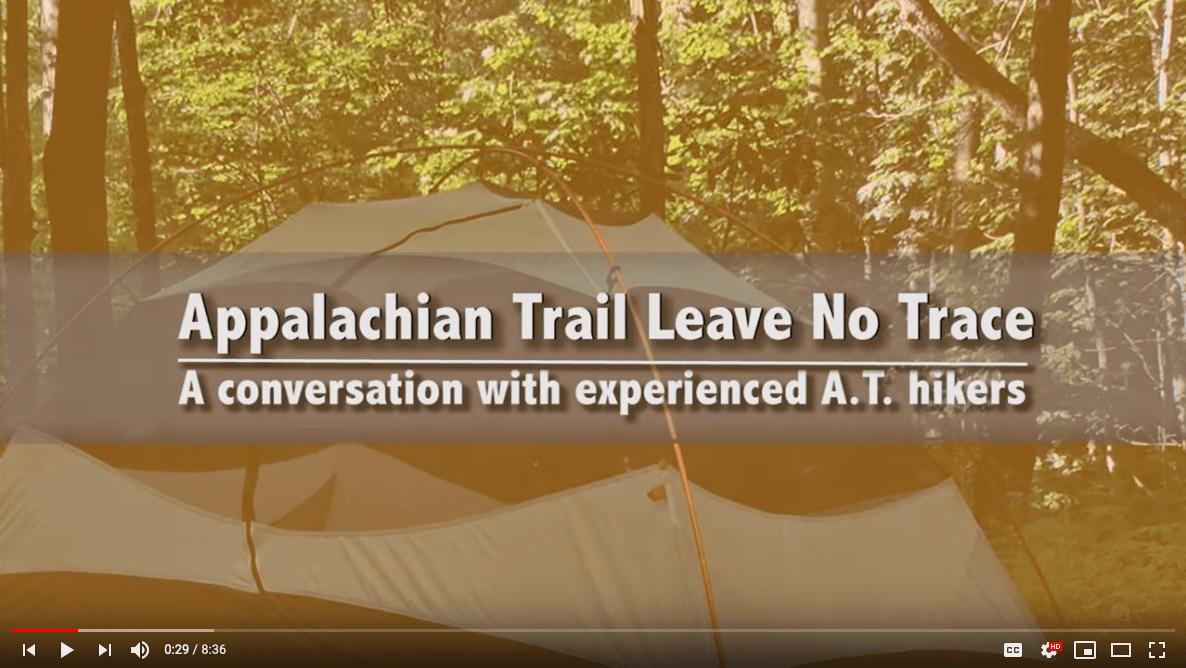Learn sustainable hiking and camping techniques
Leave No Trace
 At over 2,100 miles long, the Appalachian Trail is the longest single unit of the National Park System. With the number of people who enjoy this place each year, the potential exists that any of us may inadvertently damage the natural environment along the Trail and affect the experience for others. These negative effects can be minimized by adopting sound hiking and camping techniques which, while simple to learn, require a conscious and committed effort. If we are successful, the Trail will retain its essential natural qualities and continue to be a place where an extraordinary outdoor experience is available. Everyone’s help is important. Please do your part by committing to these practices, and encourage others to learn about and adopt these techniques which “Leave No Trace” on the Appalachian Trail.
At over 2,100 miles long, the Appalachian Trail is the longest single unit of the National Park System. With the number of people who enjoy this place each year, the potential exists that any of us may inadvertently damage the natural environment along the Trail and affect the experience for others. These negative effects can be minimized by adopting sound hiking and camping techniques which, while simple to learn, require a conscious and committed effort. If we are successful, the Trail will retain its essential natural qualities and continue to be a place where an extraordinary outdoor experience is available. Everyone’s help is important. Please do your part by committing to these practices, and encourage others to learn about and adopt these techniques which “Leave No Trace” on the Appalachian Trail.
Leave No Trace Videos and Principles
Plan Ahead and Prepare
- Check Appalachian Trail (A.T.) guidebooks and maps for guidance and note that camping regulations vary considerably along the Trail.
- Travel in groups of 10 or fewer. If you are traveling in a group of more than 5, avoid using shelters, leaving them for lone hikers and smaller groups.
- Bring a lightweight trowel or wide tent stake to dig a hole for burying human waste.
- Bring a piece of screening to filter food scraps from your dishwater and pack them out with you.
- Bring a bear-resistant food container (“bear canister”) to store food, trash, and scented items and learn about local food storage regulations.
- Repackage food in re-sealable bags to minimize waste.
- Prepare for extreme weather, hazards, and emergencies – especially the cold – to avoid impacts from searches, rescues, and campfires.
- Learn when areas are most crowded and try to avoid those times. If you are planning a northbound thru-hike, avoid starting on March 1, March 15, the first day of spring, or April 1.
Travel and Camp on Durable Surfaces
- Stay on the Trail; never shortcut switchbacks. Take breaks off-trail on durable surfaces, such as rock or grass.
- Restrict activities to areas where vegetation is already absent.
- Avoid expanding existing trails and campsites by walking in the middle of the Trail, and using the already-impacted core areas of campsites.
- If tree branches block the Trail, move them off if possible, rather than going around and creating new trails.
- Wear gaiters and waterproof boots, so you may walk through puddles instead of walking around them and creating a wide spot in the Trail.
Dispose of Waste Properly
- “Pack it in, Pack it out.” Don’t burn, bury, or leave litter or extra food. This includes cigarette butts, fruit peels, and hygiene articles. Keep your trash bag handy so you can pick up litter left by others.
- Use the privy for human waste only (feces). Do not add trash. If there is no privy, dispose of human waste by burying it in a “cat-hole,” a hole 6-8 inches deep, 4-6 inches wide and at least 200 feet (80 steps) from campsites, water sources and shelters, and well away from trails. Add dirt to the hole, and stir with a stick to promote decomposition. Push toilet paper to the bottom of the hole, and leave your stick in the hole. Don’t hide your waste under a rock – this slows its decomposition.
- Note that most disposable wipes are made from non-biodegradable material that must be carried out rather than buried, burned, or left in privies. For those willing to go the extra mile, consider packing out your toiler paper too. Animals’ curiosity often brings toilet paper and other trash to the surface, where it’s left for volunteers and other hikers to deal with.
- Wash dishes, bodies, and clothing 200 feet away from water sources. Use biodegradable soap sparingly. Avoid polluting the water by rinsing off at a distance to remove your excess sunscreen, bug repellent, etc., before going for a swim in a lake or stream.
- Disperse dishwater and toothpaste, and urinate well away (at least 100 feet) from shelters and popular campsites. In this way, wildlife is not attracted close to camp. Animals sometimes defoliate plants to consume the salt in urine, so urinate on rocks or bare ground rather than on vegetation. Where water is plentiful, consider diluting the urine by adding water to the site.
- If you hike with your dog, bury your dog’s waste as you would your own or pack it out. Do not leave
- If you wish to donate items to other hikers (food, extra gear, clothing, books, etc.), don’t leave them at shelters – where they can attract wildlife and become an eyesore – use the hiker donation boxes at motels and hostels.
Leave What You Find
- Leave plants, cultural artifacts, and other natural objects where you found them for others to enjoy.
- Do not “tag” shelters, signs, or trees with graffiti or carvings. Feel free to leave your mark in each shelter’s trail register
- Don’t build structures or dig trenches around tents.
- Do not damage live trees or plants; green wood burns poorly. Collect only firewood that is dead, down, and no larger than your wrist. Leave dead-standing trees and dead limbs on standing trees for the wildlife.
- Consider using rubber tips on the bottom of your trekking poles to avoid scratch marks on rocks, “clicking” sounds, and leaving holes along the Trail.
- Avoid introducing or transporting non-native species by checking your boots, socks, packs, tents, and clothing for non-native seeds that you could remove before hitting the Trail.
Minimize Campfire Impacts
- Use stoves for cooking – if you need a fire, build one only where it’s legal and in an existing fire ring. Leave hatchets and saws at home – collect dead and downed wood that you can break by hand. Burn all wood to ash.
- Do not try to burn trash, including foil, plastic, glass, cans, tea bags, food, or anything with food on it. These items do not burn thoroughly. They create noxious fumes, attract wildlife like skunks and bears, and make the area unsightly.
- Where campfires are permitted, leave the fire ring clean by removing others’ trash and scattering unused wood, cold coals, and ashes 200 feet away from camp after the fire is cold and completely out.
Respect Wildlife
- Learn bear safety and behavior. Bears inhabit or travel through nearly every part of the A.T. Sightings have increased at shelters and campsites and even small food rewards teach bears to associate humans with food. When that happens, they often have to be killed to protect human safety.
- Clean up spills completely and pack out all food scraps. Dropped, spilled, or improperly stored food also attracts rodents to shelters. Even a few noodles or pieces of granola are a large meal for mice.
- Store your food, trash, and scented items (toothpaste, sunscreen, insect repellent, water purification chemicals, balm, etc.) out of reach of bears and other animals in a bear canister.
- Protect wildlife by keeping a respectful distance so as not to cause a change in their behavior. Do not follow or approach animals. Particularly avoid wildlife during sensitive times, i.e., when mating, nesting, raising young, or during winter.
- If you are hiking with a dog, keep it on a short leash and do not allow it to interact with or chase wildlife.
Be Considerate of Other Visitors
- Let nature’s sounds prevail. Respect others by keeping loud voices and noise to a minimum. Do not use cell phones or audio equipment within sight or sound of other hikers, and turn ringers off.
- A.T. shelter space is available on a first-come, first-serve basis in most (but not all) areas regardless of the type of hiker or length of their hike.
- Refrain from smoking or vaping in or near shelters; pack out cigarette butts.
- Limit-of-stay is generally two nights at any one shelter or campsite.
- If you are hiking with a dog, be aware of its potential impact on other hikers. Keep your dog leashed and under control at all times, and learn where dogs are prohibited. Ask permission of other hikers before bringing your dog into a shelter and plan to tent. Keep your dog away from springs and other drinking water sources.
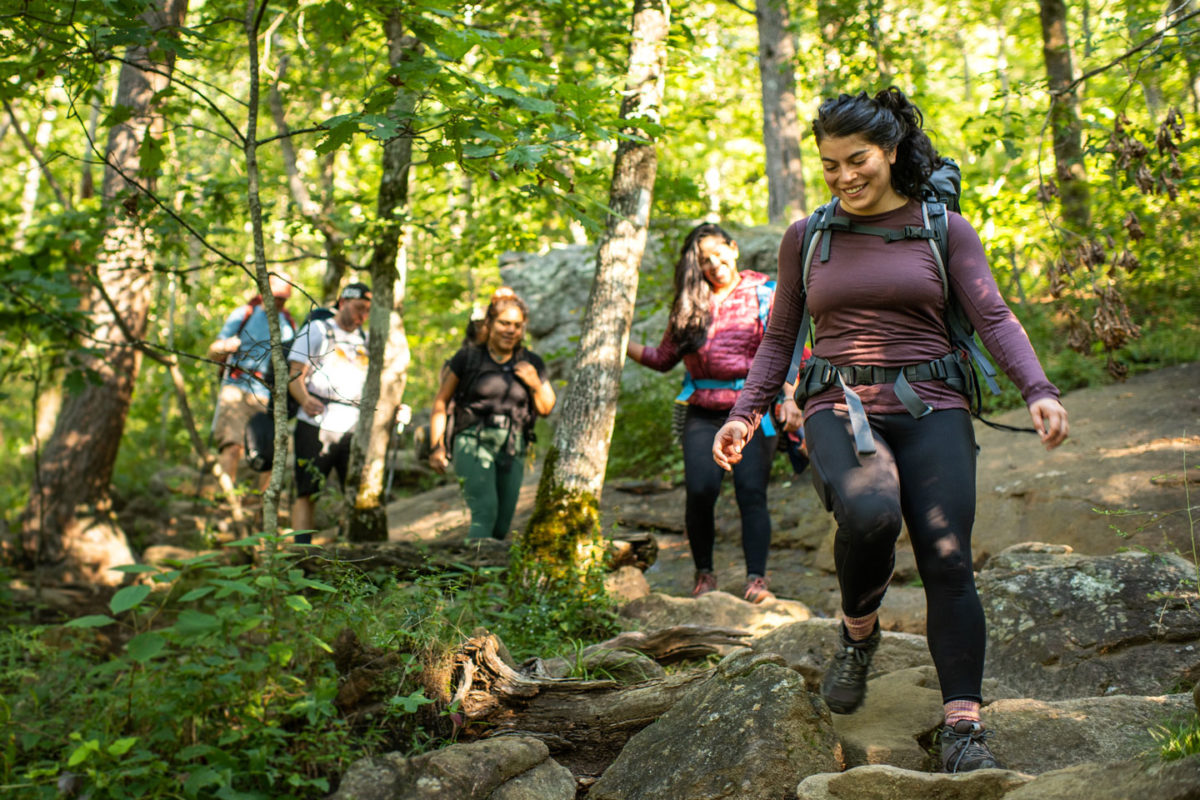
Leave No Trace Guidelines for Groups
Groups can have a disproportionate physical impact on the A.T. environment, treadway, and facilities. Following these Leave No Trace guidelines can help minimize your impact and maximize everyone’s enjoyment of the A.T.
Photo by Horizonline Pictures
Leave No Trace Courses
The Appalachian Trail Conservancy is proud to have been selected by the Leave No Trace Center for Outdoor Ethics to offer Leave No Trace Master Educator Courses. These five-day courses are offered at a variety of locations along the A.T. with weekday and weekend opportunities available. All of our instructors are dedicated to protecting the A.T. hiking experience and have extensive training in teaching Leave No Trace skills and ethics. Come learn more about Leave No Trace with us in a supportive and inspirational learning environment.
Stay tuned for future course offerings!
Meet the Instructors
Printable Leave No Trace Resources
Tips for all A.T. visitors.
Posters for Trail Clubs and Agency Partners
Discover More
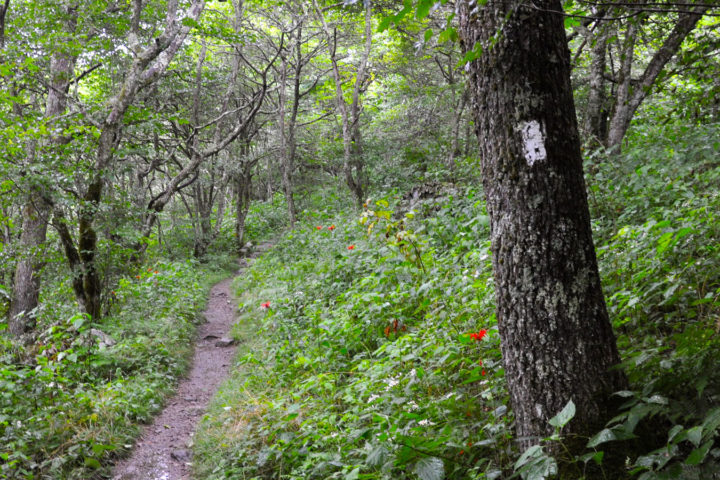
Responding to
COVID-19
Read the Appalachian Trail Conservancy's guidance to hikers and volunteers during COVID-19 here.
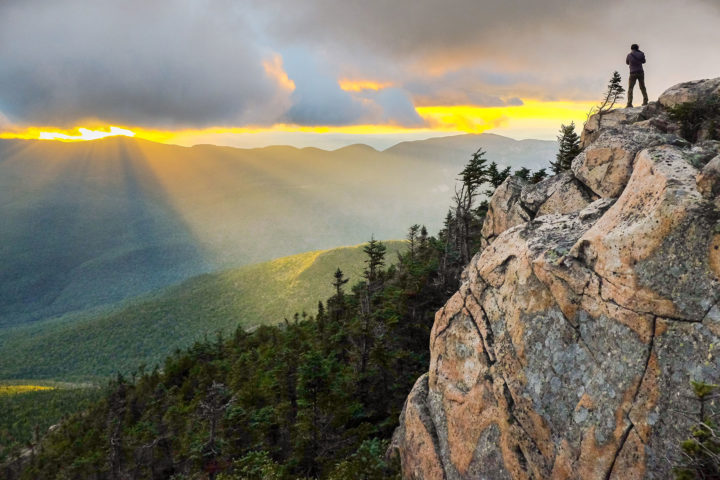
By Jennifer Pharr Davis
Scenic Views
Wide-open vistas beyond the footpath offer respite and are essential to the Wild East.
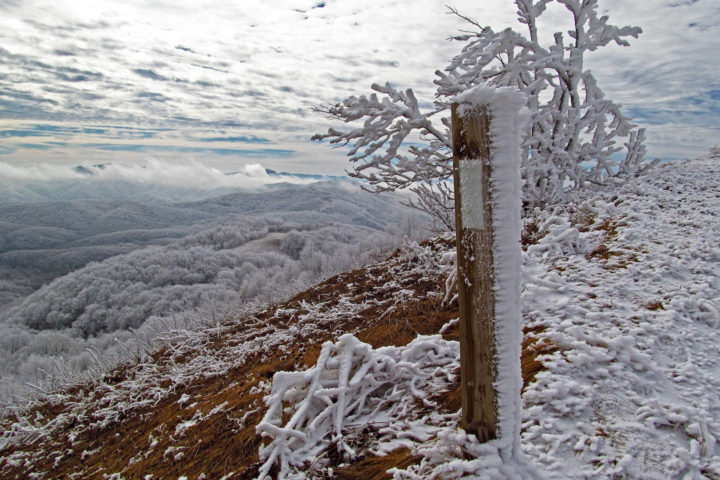
Hiking Tips
What to Know Before You Go
Wide-open views, crisp air and solitude make for a cool hike, but when winter hiking, being prepared is key.






